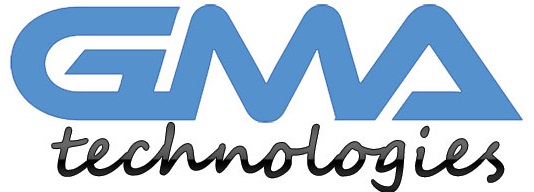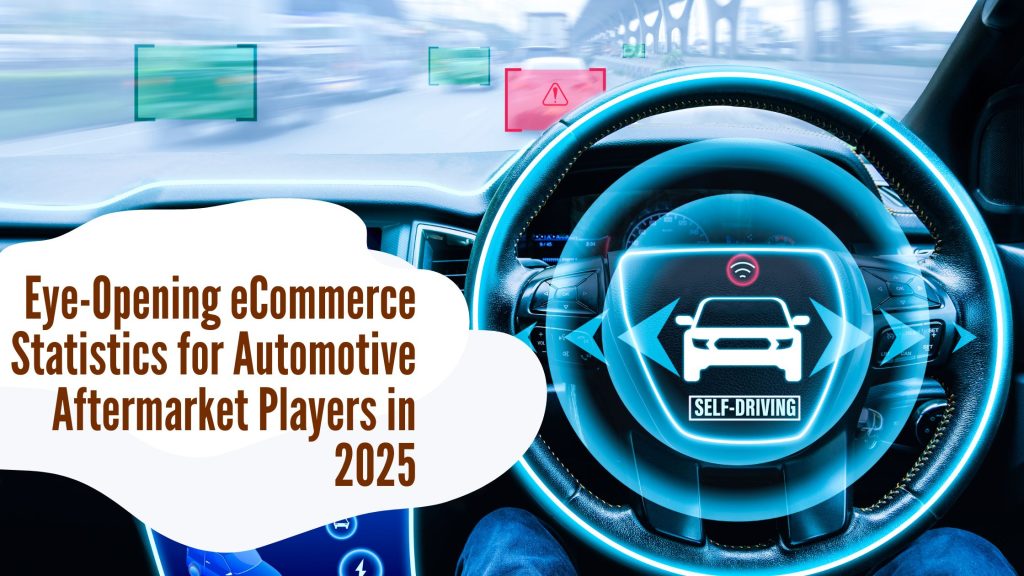The automotive aftermarket industry is undergoing a seismic shift. Traditional brick-and-mortar shops are no longer the sole players in town. With the rise of eCommerce, consumers now have an entire world of options at their fingertips. Whether it’s replacement parts or accessories, buying online has become a preferred choice for many.
As we look ahead to 2025, it’s clear that this trend will only accelerate. But what does this mean for automotive aftermarket players? Understanding the latest eCommerce statistics for automotive aftermarket players can provide critical insights into consumer behavior and market dynamics.
Get ready to dive deep into eye-opening stats and trends that could reshape your strategy in this fast-evolving landscape!
The Rise of eCommerce in the Automotive Aftermarket
The automotive aftermarket is undergoing a significant transformation. More consumers are turning to eCommerce for their vehicle needs. This shift reflects broader trends in shopping behavior, where convenience reigns supreme.
Online platforms provide easy access to parts and accessories at competitive prices. Shoppers appreciate the ability to compare products quickly from the comfort of their homes. The extensive range of options online often surpasses what’s available in brick-and-mortar stores.
Additionally, as technology advances, so do consumer expectations. Mobile-friendly websites and user-friendly apps enhance the buying experience, making it simpler than ever for customers to find what they need.
Moreover, social media has become an influential tool for brands looking to engage with potential buyers. These channels not only drive traffic but also foster community among car enthusiasts who share tips and reviews about various products.
As we move forward, this trend shows no signs of slowing down; instead, it’s poised for explosive growth.
Key Factors Driving the Growth of eCommerce in the Industry
Several key factors are propelling the growth of eCommerce in the automotive aftermarket industry. First, consumer behavior is shifting dramatically. Shoppers increasingly prefer online platforms for convenience and variety.
Another driving force is technological advancement. Enhanced website functionalities and mobile shopping options simplify the purchasing process, making it easier for customers to find what they need quickly.
In addition, social media plays a pivotal role in shaping buying decisions. Influencers and targeted ads engage potential buyers, directing them toward specific products that meet their needs.
Data analytics empowers businesses to understand customer preferences better. With insights into purchasing habits, companies can tailor their offerings effectively, creating a more personalized shopping experience.
These elements collectively create an environment ripe for eCommerce growth within the automotive aftermarket sector.
Top eCommerce Statistics for Automotive Aftermarket Players
The automotive aftermarket is undergoing a seismic shift. Recent figures reveal that nearly 50% of consumers now prefer shopping for auto parts online.
Online sales are projected to surpass $200 billion by 2025, highlighting the growing appetite for digital purchasing.
Mobile commerce is also on the rise, with over 30% of buyers using smartphones to make their purchases. This trend underscores the necessity for brands to optimize mobile experiences.
Furthermore, data shows that customer reviews significantly influence purchase decisions in this sector. Around 70% of shoppers consult reviews before finalizing their orders.
Social media platforms have become vital marketing tools too, with around 40% of consumers discovering new products through social channels. Engaging content can lead directly to increased traffic and conversion rates.
These statistics illustrate an evolving landscape where agility and adaptability are paramount for success among automotive aftermarket players.
Strategies for Success in Online Retailing for Automotive Aftermarket Brands
To thrive in online retailing, automotive aftermarket brands must prioritize user experience. A clean, intuitive website design can make a significant difference, ensuring customers find what they need quickly.
Investing in high-quality product images and detailed descriptions is essential. Consumers want to see exactly what they’re purchasing before making a decision.
Utilizing data analytics helps brands understand consumer behavior. Tailoring marketing strategies based on these insights can drive sales and boost customer retention rates.
Developing a strong social media presence allows for direct engagement with customers. Sharing valuable content not only builds trust but also enhances brand loyalty.
Offering efficient shipping options and flexible payment methods creates convenience. These elements play a crucial role in enhancing the overall shopping experience for automotive enthusiasts looking for their next part or accessory.
Challenges and Opportunities in the Digital Landscape
The digital landscape for automotive aftermarket players is filled with both challenges and opportunities. One major hurdle is the high level of competition from established brands and new entrants alike. Standing out requires innovation and unique selling propositions.
Another challenge lies in navigating complex logistics and supply chains. Timely delivery and inventory management can make or break an online business, especially when customers expect rapid fulfillment.
On the flip side, advancements in technology provide endless possibilities. Data analytics tools enable businesses to understand consumer behavior better, tailoring offerings accordingly.
Social media platforms present a golden opportunity for brand engagement. They offer direct communication channels with consumers, fostering loyalty through personalized interactions.
As more buyers turn to online shopping, embracing eCommerce strategies becomes crucial. Automotive aftermarket companies that adapt quickly may find themselves at the forefront of a rapidly evolving marketplace.
Conclusion
The automotive aftermarket industry is evolving rapidly, driven by the surge in eCommerce. The statistics reveal a landscape ripe with potential for growth and innovation. As consumer preferences shift towards online shopping, businesses must adapt to stay relevant.
Understanding the key factors behind this transition will help players in the automotive aftermarket harness opportunities that were once unimaginable. With robust strategies in place, brands can effectively navigate challenges while reaping rewards from their digital investments.
Embracing these emerging trends and leveraging data-driven insights can propel companies forward. The future of eCommerce within the automotive aftermarket looks promising, inviting stakeholders to engage with consumers like never before. Staying informed about market changes and continuously optimizing approaches will be essential for sustained success in this dynamic environment.

